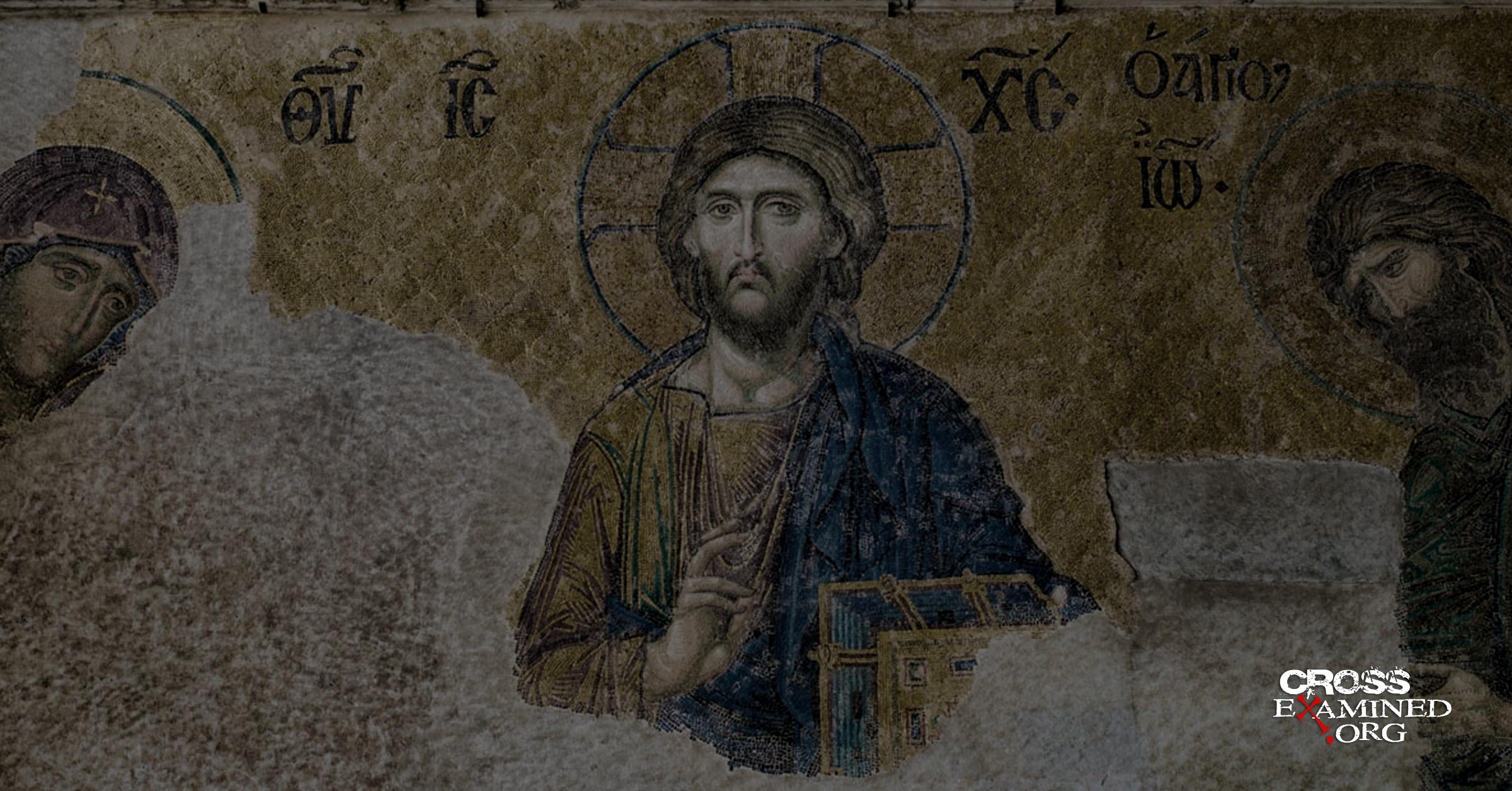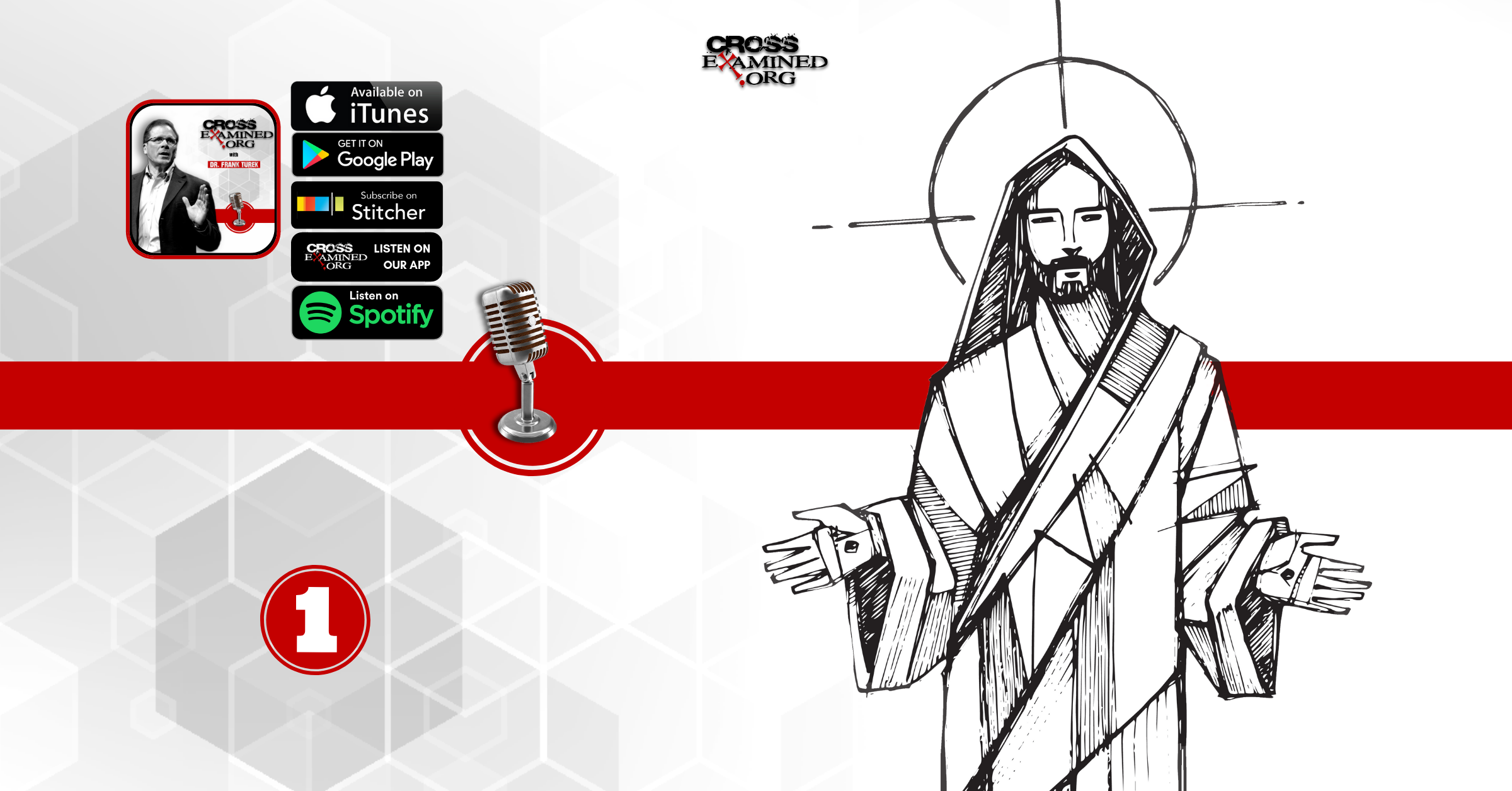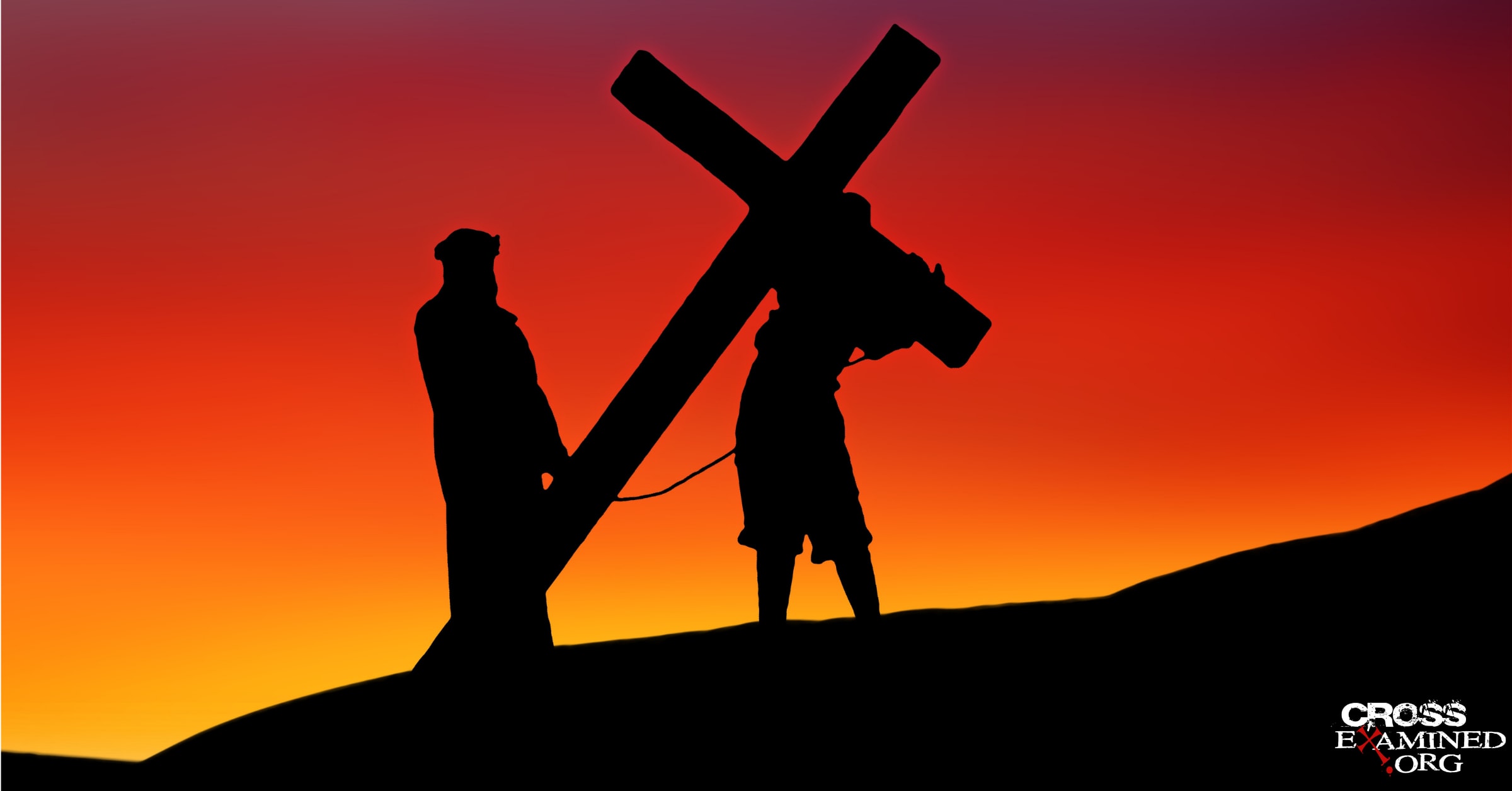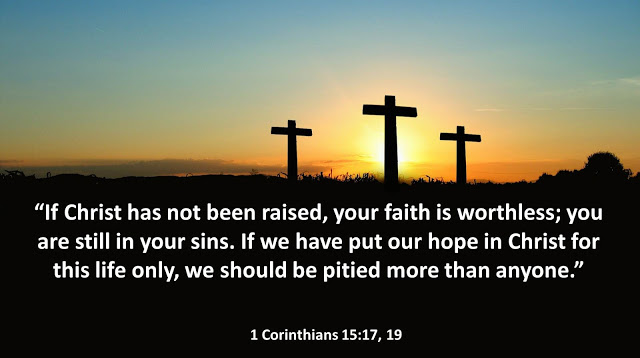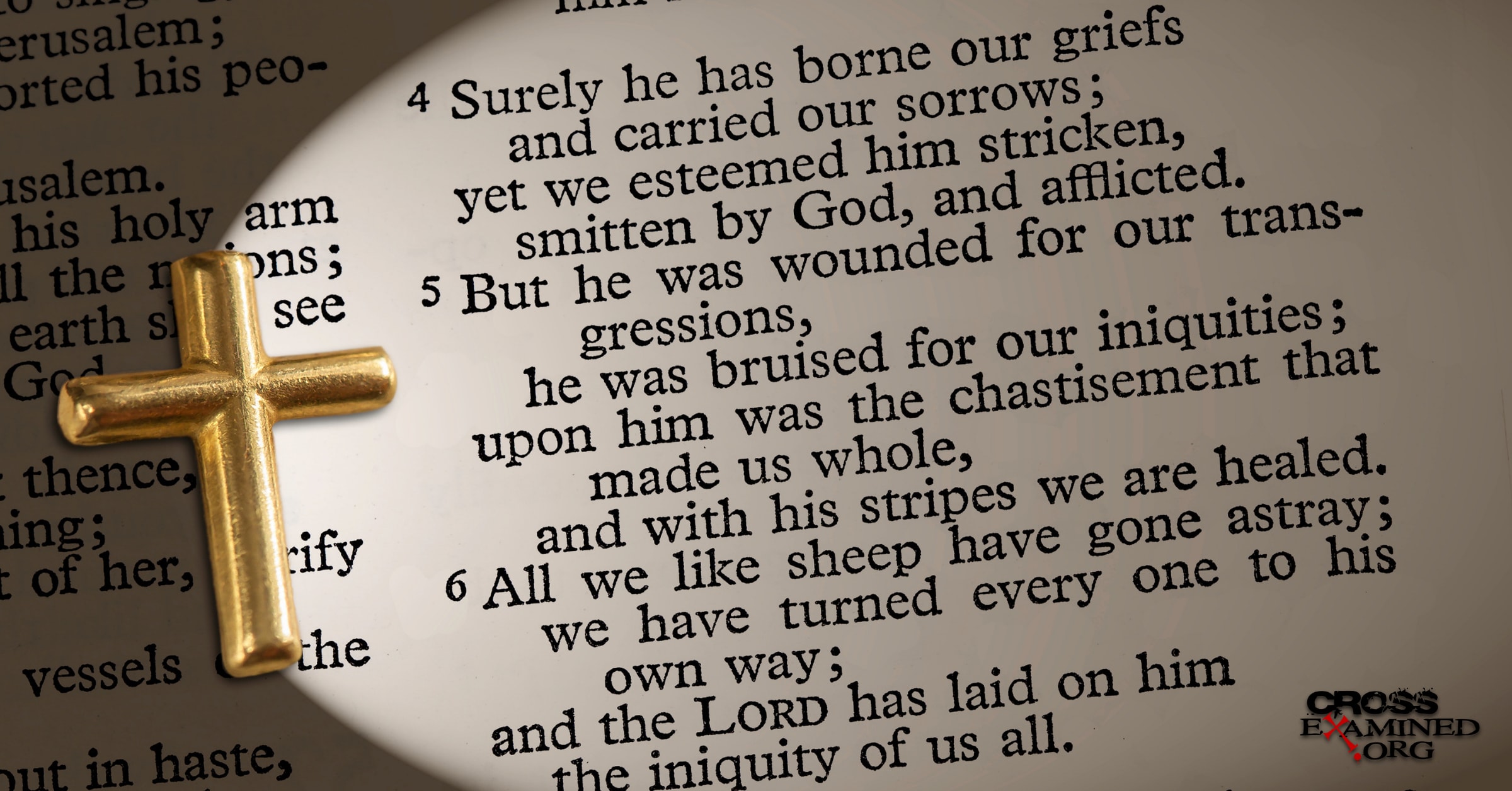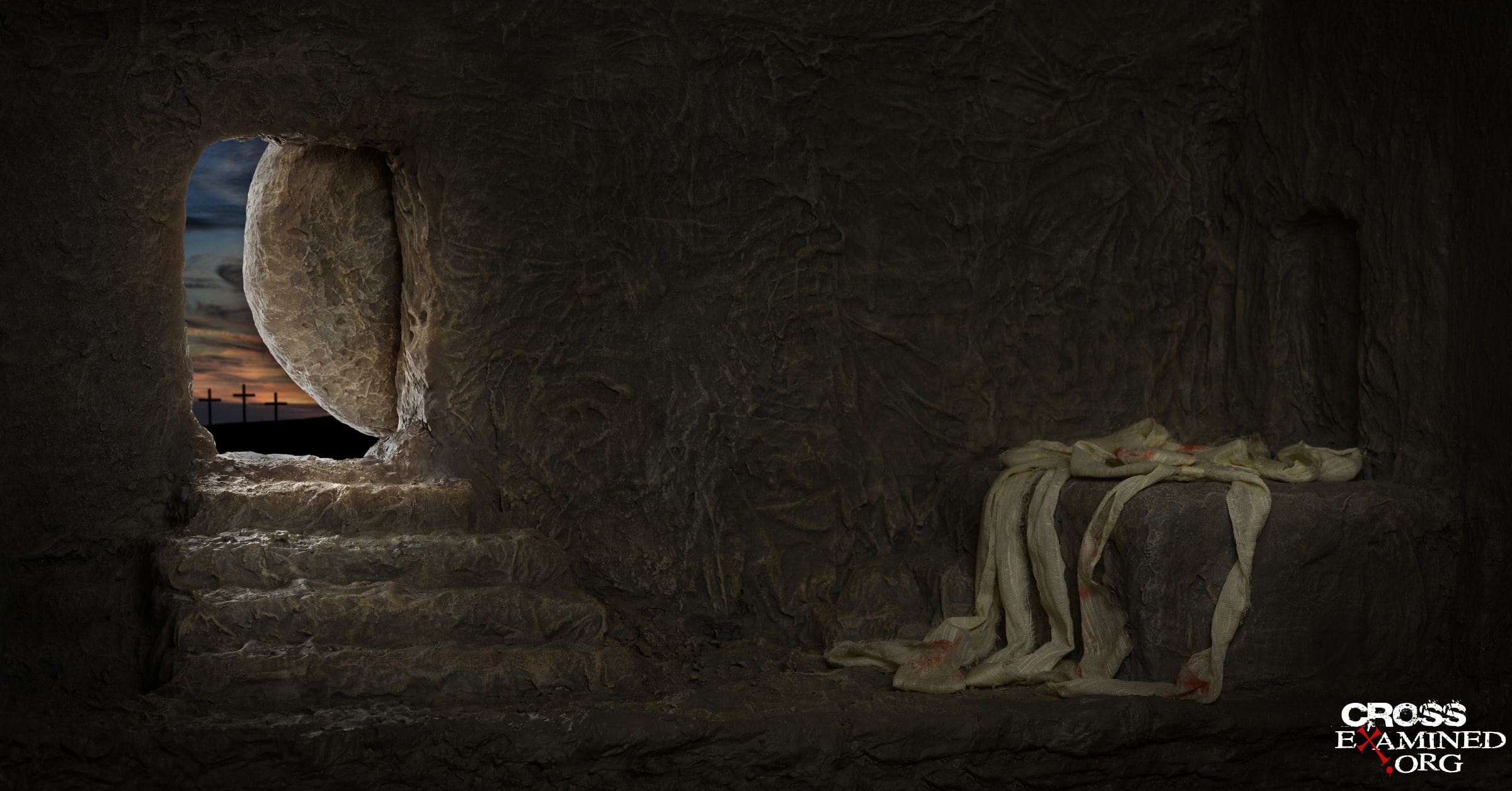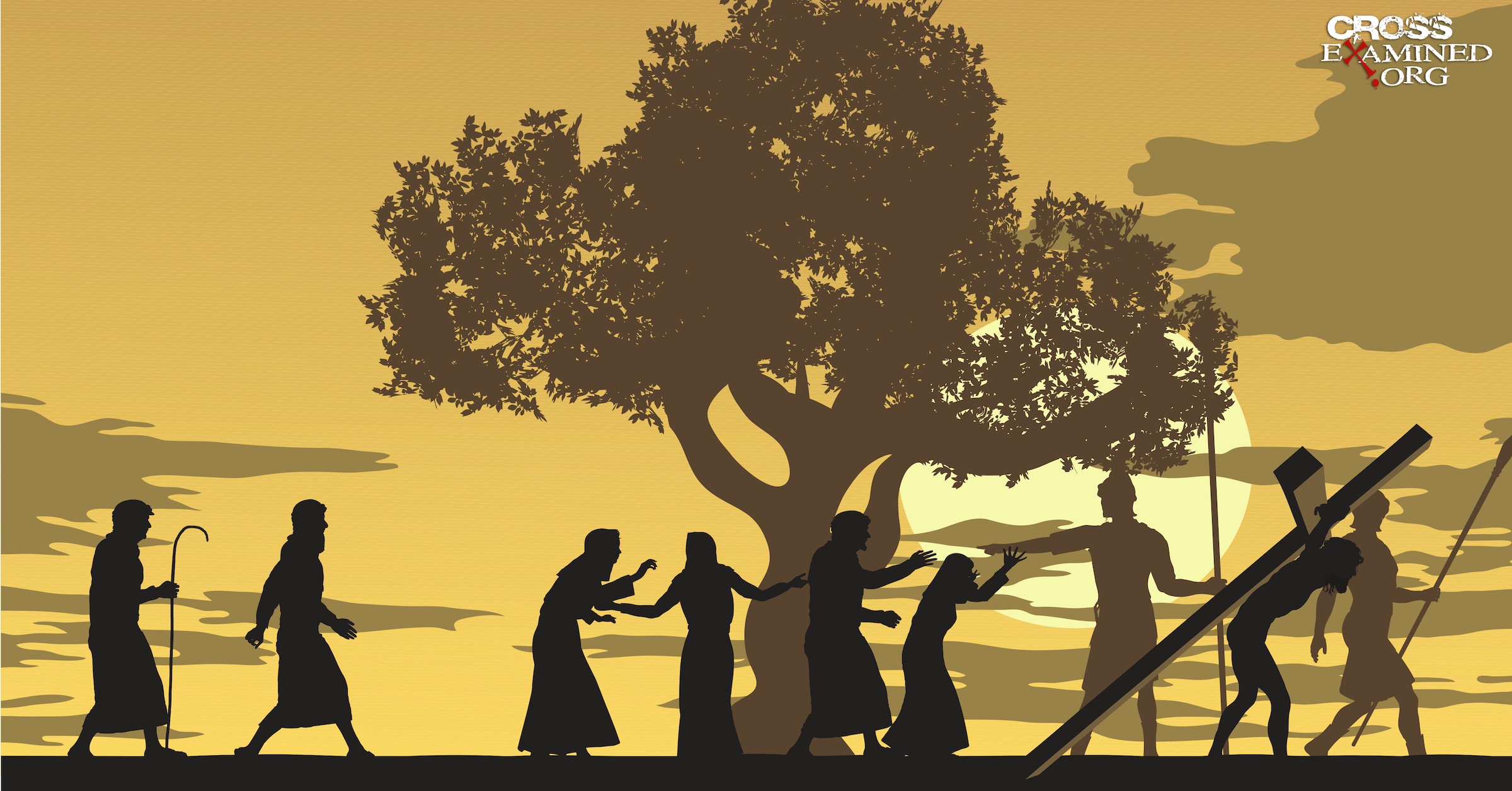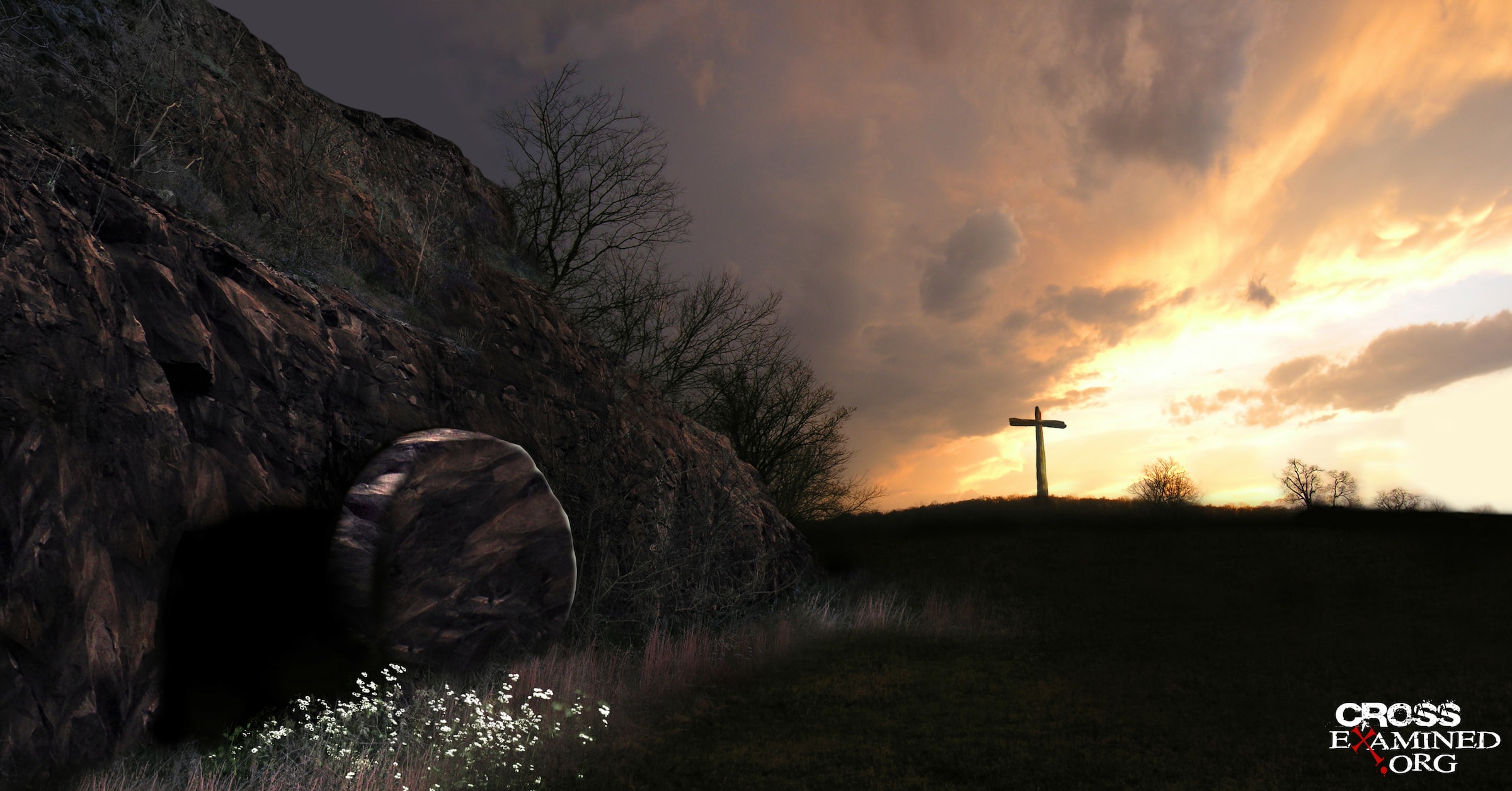By Erik Manning
When arguing for the resurrection of Jesus, Christian apologists often make a historical case for the empty tomb and the appearances of Jesus that occurred after his death. I’d certainly never say that isn’t a legitimate way to argue, but there’s an additional reason to believe in the resurrection that flies under the radar: Jesus’ resurrection was a fulfillment of Scripture. The New Testament writers are pretty emphatic on this point.
Then he opened their minds to understand the Scriptures, and said to them, “Thus it is written, that the Christ should suffer and on the third day rise from the dead… (Luke 24:45-46)
For I delivered to you as of first importance what I also received: that Christ died for our sins in accordance with the Scriptures, that he was buried, that he was raised on the third day in accordance with the Scriptures…(1 Corinthians 15:3-4)
Here’s where I’ve always been puzzled — the phrase that the Messiah was to be raised from the dead on the third day according to the Scriptures. What scriptures exactly are Luke and Paul referring to? Many commentators say that the third-day is referencing Hosea 6:2, which reads, “After two days he will revive us; on the third day he will raise us up, that we may live before him.” But from the context, the passage refers to national Israel. It’s a bit of a stretch to turn this into a reference about the Messiah, and none of the NT writers used this verse as a proof text. In fact, it’s not until the early third century do we see this verse applied to Jesus by the church father, Tertullian.
Not your Flannel Graph Version of the Story of Jonah
Some clarity came to me regarding this strange and confusing passage when I read The Case for Jesus by Dr. Brant Pitre. To understand this 3rd-day motif, Pitre says we have to go back to the gospels themselves. What did Jesus say?
Then some of the scribes and Pharisees answered him, saying, “Teacher, we wish to see a sign from you.” But he answered them, “An evil and adulterous generation seeks for a sign, but no sign will be given to it except the sign of the prophet Jonah. For just as Jonah was three days and three nights in the belly of the great fish, so will the Son of Man be three days and three nights in the heart of the earth. The men of Nineveh will rise up at the judgment with this generation and condemn it, for they repented at the preaching of Jonah, and behold, something greater than Jonah is here. (Matthew 12:38-41)
Pitre says that at first blush, this interpretation feels a bit forced, and I have to admit it, I’ve always felt the same way. OK, three days and three nights…there’s a parallel there, but it doesn’t feel all that impressive. No disrespect to Jesus, but Jonah feels like a fictional kid’s story to us; our minds often flash to Veggie Tales movies or children’s books when we think of it. In these kid’s version stories, Jonah is very much alive in the fish’s belly.
And it’s for that reason that even Muslim apologists like Shabir Ally and Zakir Naik will cherry-pick this very text to show that Jesus didn’t really die on the cross, verifying the Qu’ran’s supposed accuracy. (Qu’ran 4:157-158) But here’s where our modern minds and the Muslim apologists get it wrong. If you read the text, Jonah very clearly dies in the belly of the great fish. I completely overlooked this.
Then Jonah prayed to the Lord his God from the stomach of the fish, and he said,
“I called out of my distress to the Lord, And He answered me. I cried for help from the depth of Sheol; You heard my voice. “You had cast me into the deep, Into the heart of the seas, And the current engulfed me. All Your breakers and billows passed over me. “So I said, ‘I have been expelled from Your sight. Nevertheless, I will look again toward Your holy temple.’ “Water encompassed me to the point of death. The great deep engulfed me, Weeds were wrapped around my head. “I descended to the roots of the mountains. The earth with its bars was around me forever, But You have brought up my life from the pit, O Lord my God. “While I was fainting away, I remembered the Lord, And my prayer came to You, Into Your holy temple. “Those who regard vain idols Forsake their faithfulness, But I will sacrifice to You With the voice of thanksgiving. That which I have vowed I will pay. Salvation is from the Lord.”
Then the Lord commanded the fish, and it vomited Jonah up onto the dry land. Now the word of the Lord came to Jonah the second time, saying, “Arise, go to Nineveh…” (Jonah 2:1-3:2)
The Sign of Jonah – Jonah Was Raised from the Dead
Pitre gives three arguments to support the miraculous death and resurrection of Jonah.
First, the phrases belly of Sheol and the Pit are Old Testament terms that refer to the realm of the dead. (See Job 7:9, 33:18, Psalm 40:2, 49:14-15, 89:48)
Secondly, the Hebrew says that his soul or nephesh fainted, meaning he took his last breath like a dying man.
Lastly, when God says to, Jonah “arise” this is the Hebrew word קוּם. This is the same word Jesus used when he raised Jairus’ daughter from the dead. Mark 5:41 reads Taking the child by the hand, He *said to her, “Talitha kum!” (which translated means, “Little girl, I say to you, get up!”)
Woah. So now the Jonah parallel makes a lot more sense! But wait, there’s a whole lot more going on here! In the Jewish reader’s mind, hearing about someone being raised from the dead would be interesting but not mind-blowingly significant. After all, the widow of Zarephath’s son, Shunammite woman’s son, and an Israelite man who came in contact with Elisha’s bones were all raised from the dead. There’s no major religious significance tied with these events, other than they show Elijah and Elisha were powerful prophets.
Pitre argues that there was an even greater miracle that happened with Jonah — Nineveh actually repented! Now, if you know anything about Old Testament history, Nineveh was no friend of Israel. The historical Nineveh was the capital of the Assyrian empire in the late seventh century BC. There was no love lost between the ancient Israelites and Nineveh. The city’s king, Sennacherib, laid siege to Jerusalem in 701 BC (2 Kings 18:13-19:37). Nahum, the prophet, practically rejoices over Nineveh’s destruction by the Babylonians in 612. He says Nineveh is a “city of bloodshed.” (Nah 3:1)
It’s for these reasons Jonah ran the other direction. Jonah, like many Jews of the time, hated Nineveh.
The Sign of Jonah – The Gentiles Repent and Worship the God of Israel
So when Jesus says to the Pharisees that they only sign they would see is the sign of Jonah, he’s not only saying that he’d rise from the dead, but also that the resurrection would turn the pagan Gentiles to the God of Israel. But instead of just one pagan nation turning, much of the Gentile world would turn to God.
If you know about the history of Christian apologetics, the success of the church was what Christian thinkers from Augustine to Aquinas would point to as proof of the truth of the gospel. Says Pitre:
“Over and over again, whenever the early church fathers wanted to make the case for the messiahship, divinity, and resurrection of Jesus, they did not (as a rule) point to the evidence for the empty tomb, or the reliability of the eyewitnesses. They did not get into arguments about the historical probability and evidence and such. Instead, they simply pointed to the pagan world around them that was crumbling to the ground as Gentile nations that had worshiped idols and gods and goddesses for millennia somehow inexplicably repented, turned, and began worshiping the God of the Jews.”
This tiny band of vagabond fishermen turned the world upside down, and their effect was seen generations later until now. Christianity has spread all over Europe, North Africa, and Western Asia in the first-century and is more recently rapidly spreading all over Africa, South America, and even in Communist China. And of course, Christianity is prevalent in North America and in parts of Europe today. Billions of non-Jews from all nations have repented and worshiped the God of Israel over the past two millennia. The fourth-century church historian Eusebius’ words are still apt today:
“Behold how today, yes in our own times, our eyes see not only Egyptians, but every race of men who used to be idolaters, whom the prophet meant when he said “Egyptians,” released from the errors of polytheism and the daemons, and calling on the God of the prophets!…
Yes, in our own time, the knowledge of the Omnipotent God shines forth and sets a seal of certainty on the forecasts of the prophets. You see this actually going on, you no longer only expect to hear of it, and if you ask the moment when the change began, for all your inquiry, you will receive no other answer but the moment of the appearance of the Saviour.
For He it was, of Whom the prophet spoke, when he said that the Supreme God and Lord would send a man to the Egyptians, to save them, as also the Mosaic oracles taught in these words: “A man shall come forth from his seed, and shall rule over many nations”; among which nations the Egyptians would certainly be numbered. But a great deal could be said on these points, and with sufficient leisure, one could deal with them more exhaustively. Suffice it to say now, that we must hold to the truth, that the prophecies have only been fulfilled after the coming of Jesus our Saviour.
… And who would not be struck by the extraordinary change—that men who for ages have paid divine honour to wood and stone and demons, wild beasts that feed on human flesh, poisonous reptiles, animals of every kind, repulsive monsters, fire and earth, and the lifeless elements of the universe should after our Saviour’s coming pray to the Most High God, Creator of Heaven and earth, the actual Lord of the prophets, and the God of Abraham and his forefathers?” (Proof of the Gospel, 1.6.20-21)
The Old Testament prophets said that one day, the pagan nations would worship the God of Abraham. This was a fulfillment of many passages of Scripture foretold centuries before. Just check out Genesis 12:3, Isaiah 2:1-3, Isaiah 25:6-8, Isaiah 66:18-21, Jeremiah 3:15-18, Micah 4:1-2, Zechariah 8:20-23 and Amos 9:11-12. Only now in hindsight can we see this obvious fulfillment. That this prophesied change perfectly coincides with the life, death, and resurrection appearances of Jesus piles on a powerful additional proof on top of our modern-day historical resurrection argument. We’d do well to not neglect it.
Recommended resources related to the topic:
Early Evidence for the Resurrection by Dr. Gary Habermas (DVD), (Mp3) and (Mp4)
Cold Case Resurrection Set by J. Warner Wallace (books)
Did Jesus Rise from the Dead? By Dr. Gary Habermas (book)
Jesus, You and the Essentials of Christianity – Episode 14 Video DOWNLOAD by Frank Turek (DVD)
Erik Manning is a former atheist turned Christian after an experience with the Holy Spirit. He’s a freelance baseball writer and digital marketing specialist who is passionate about the intersection of evangelism and apologetics.


